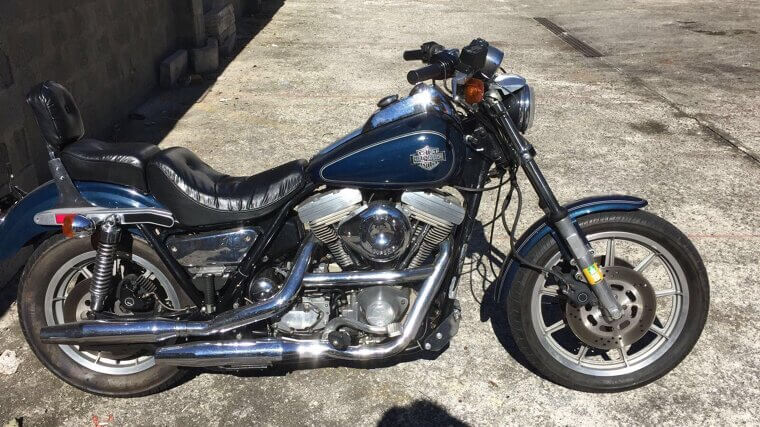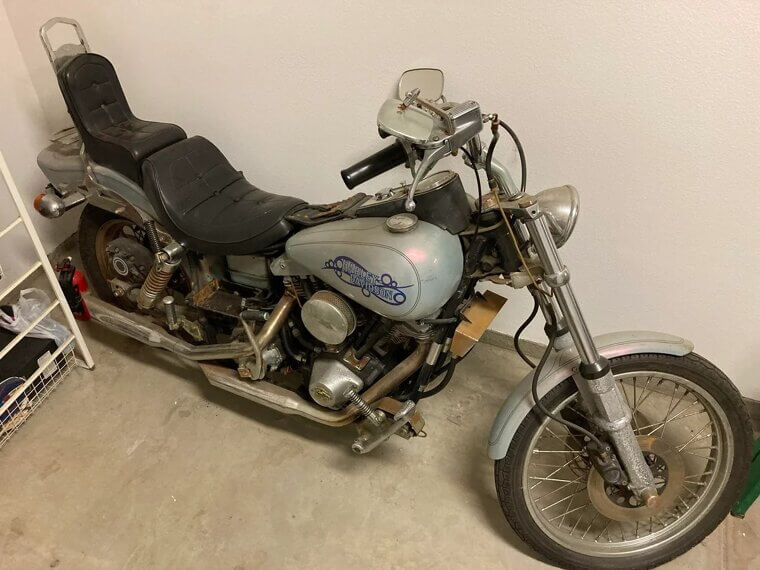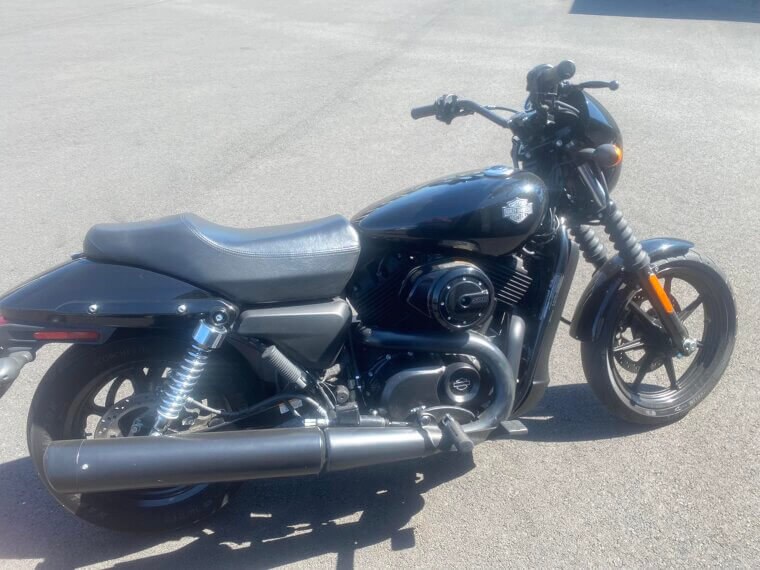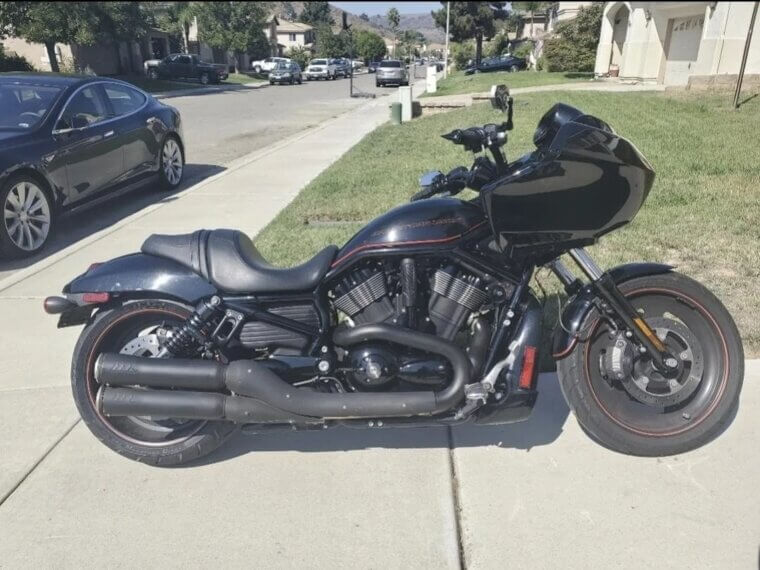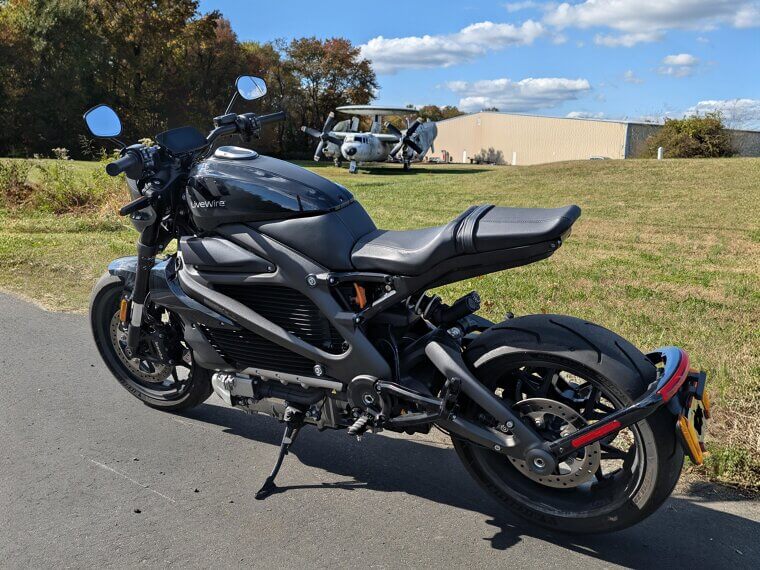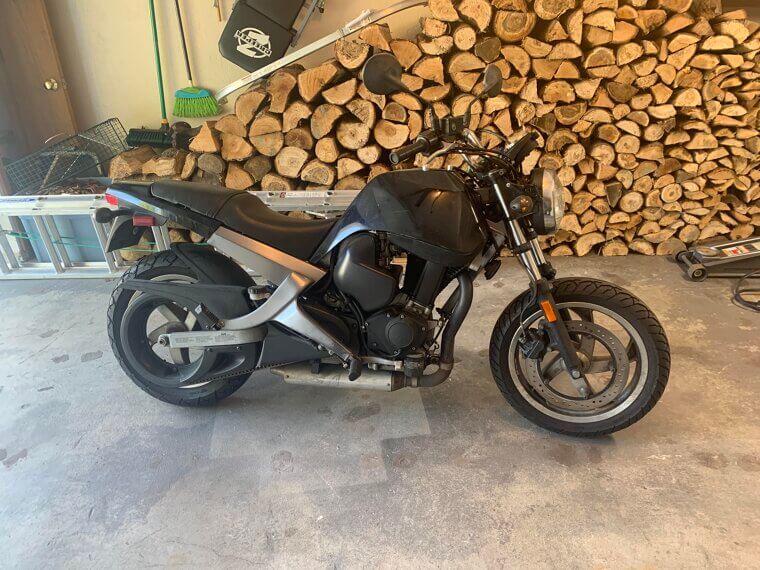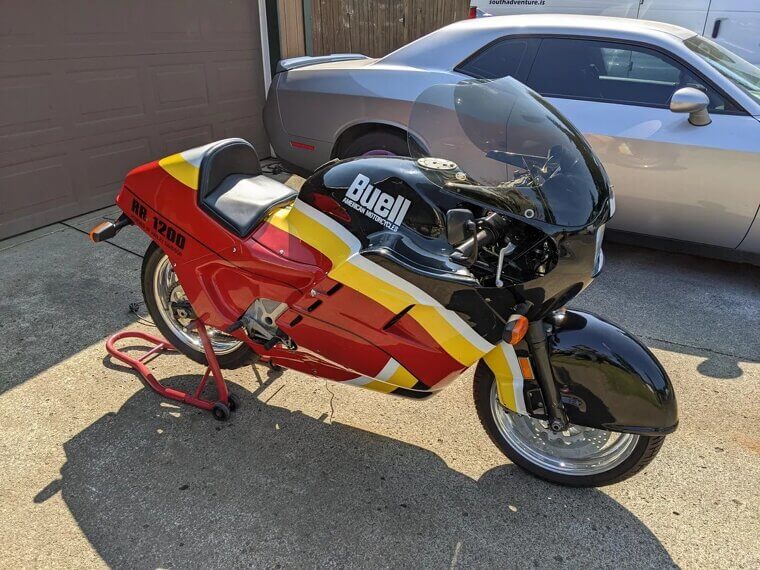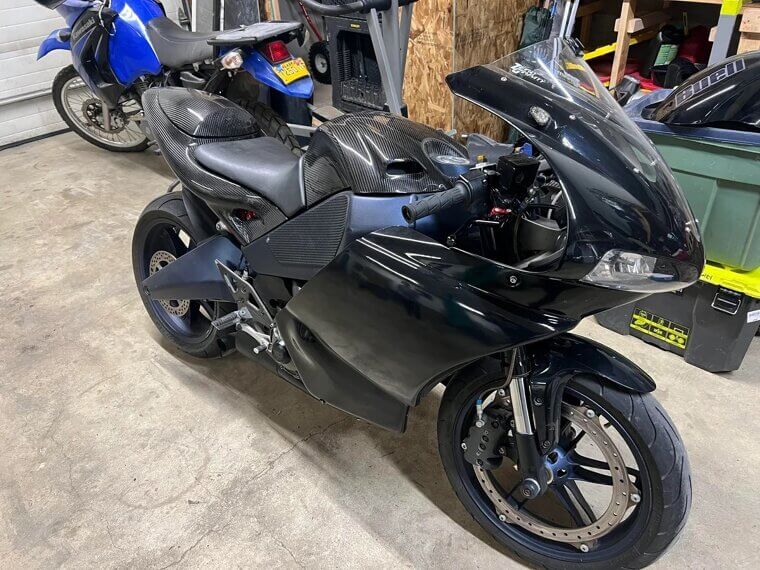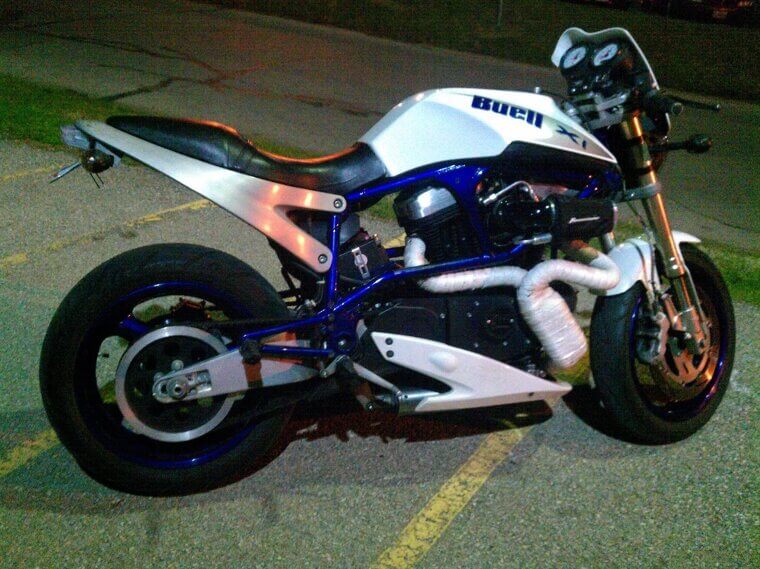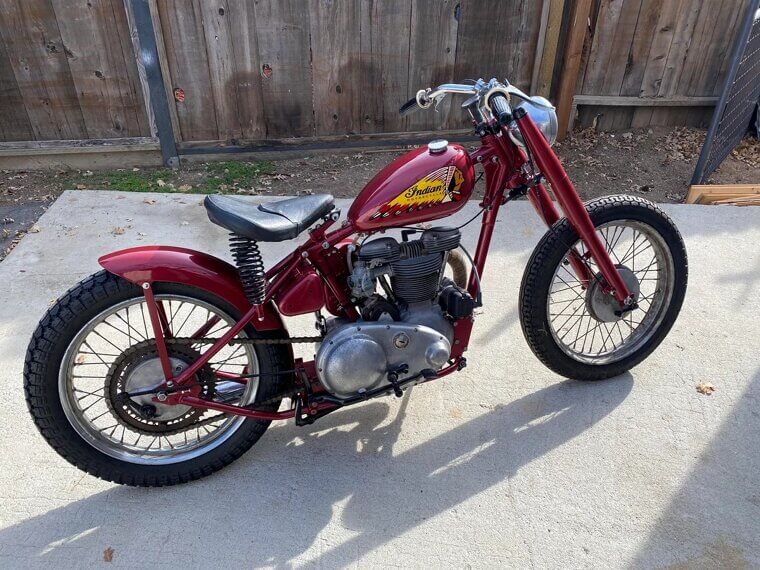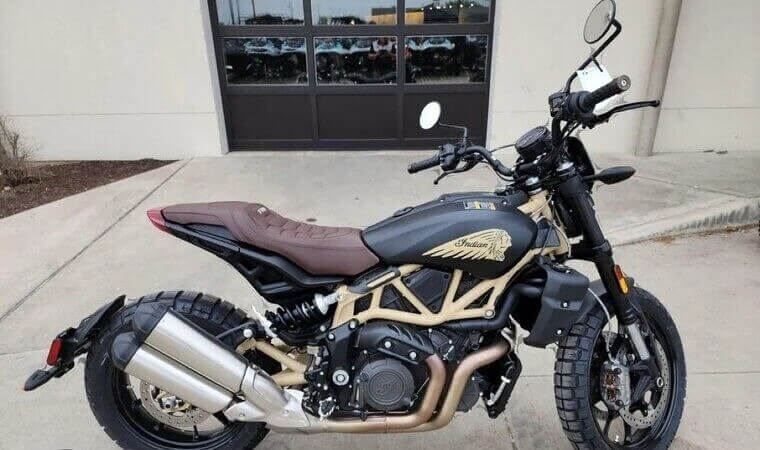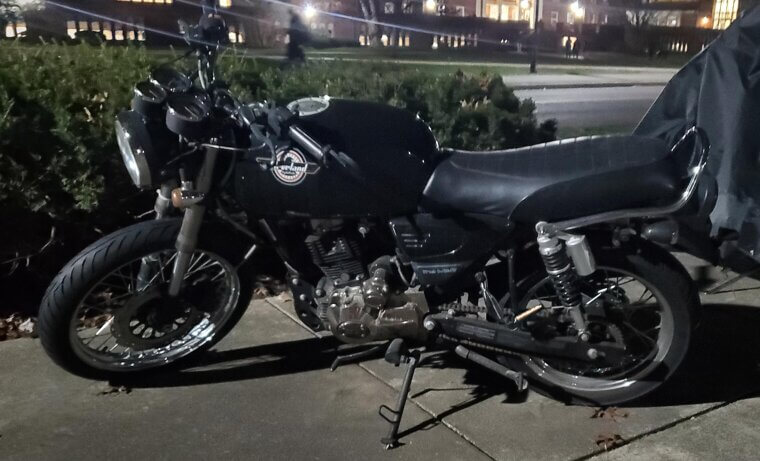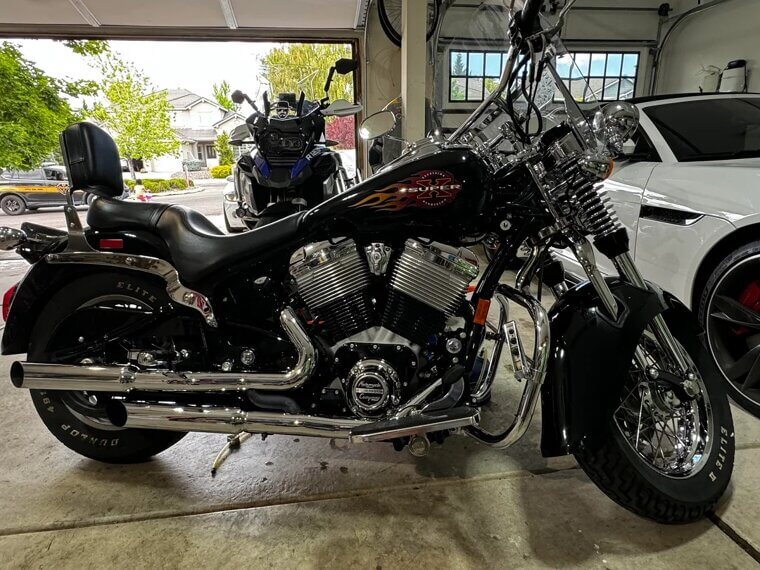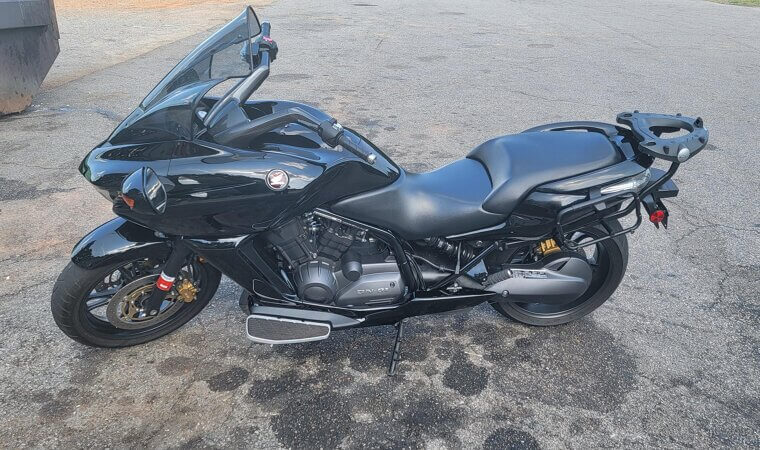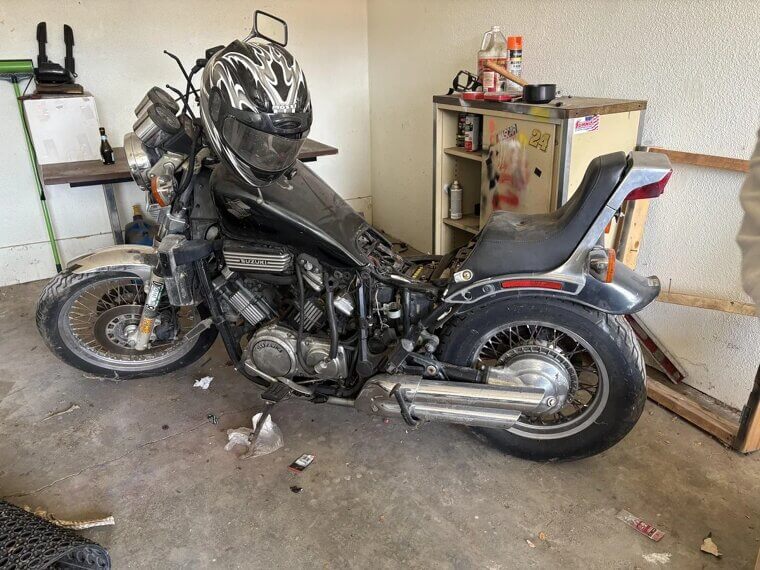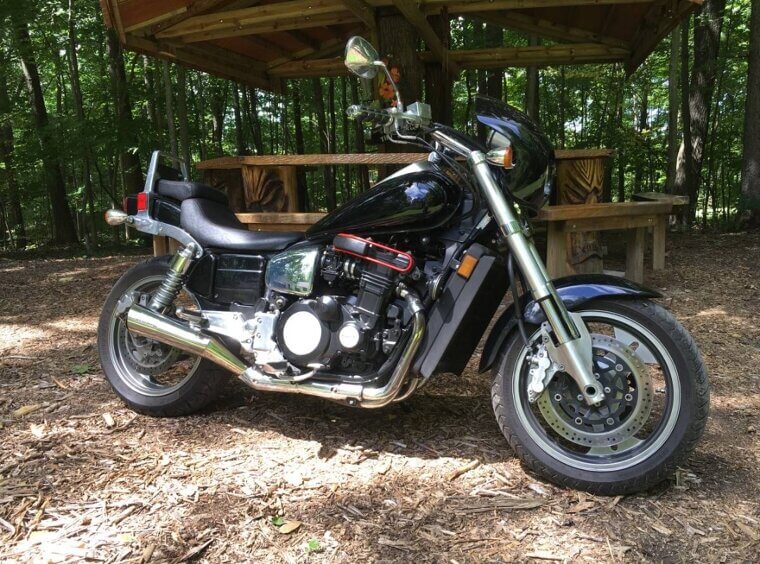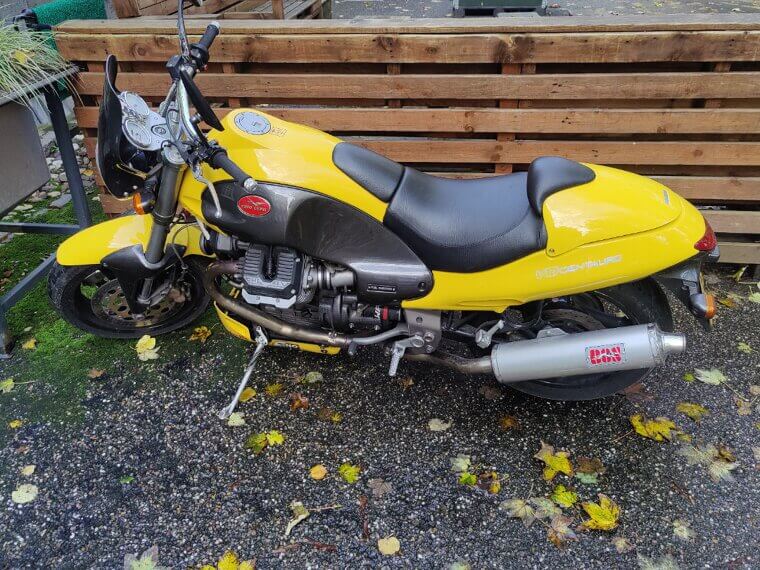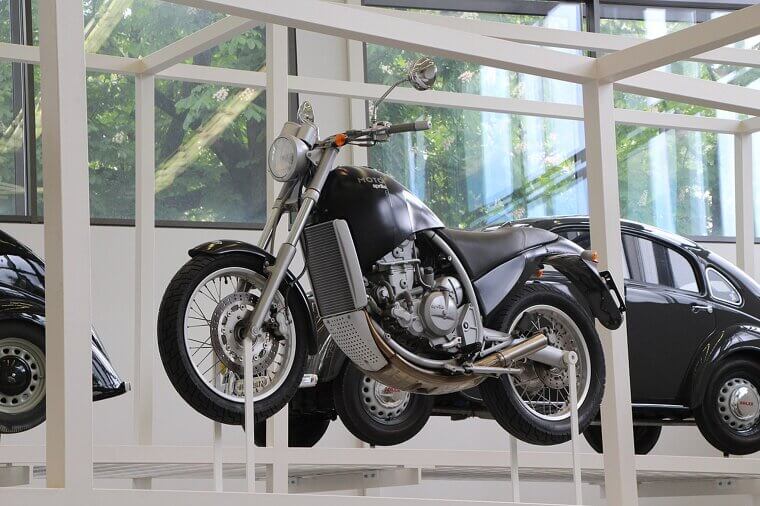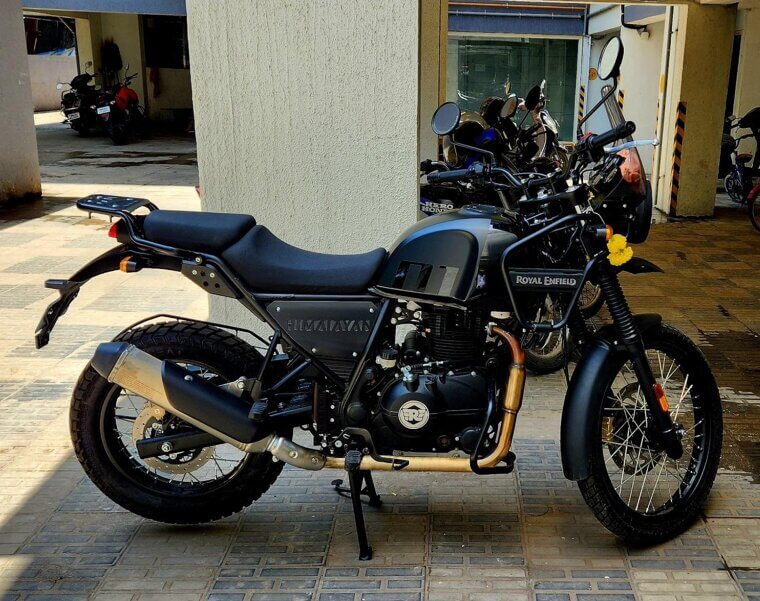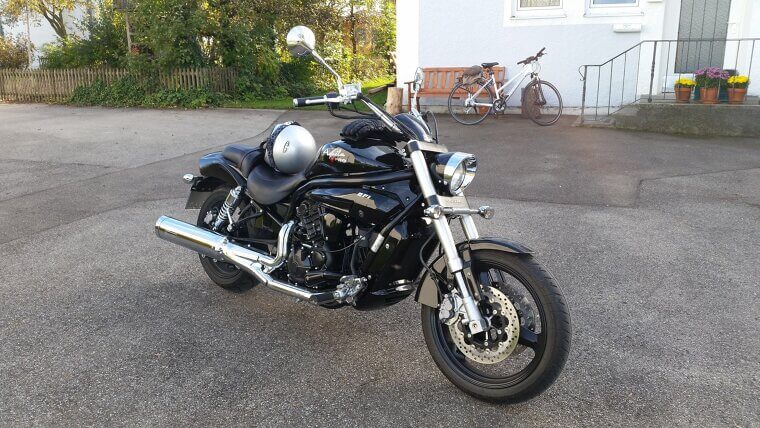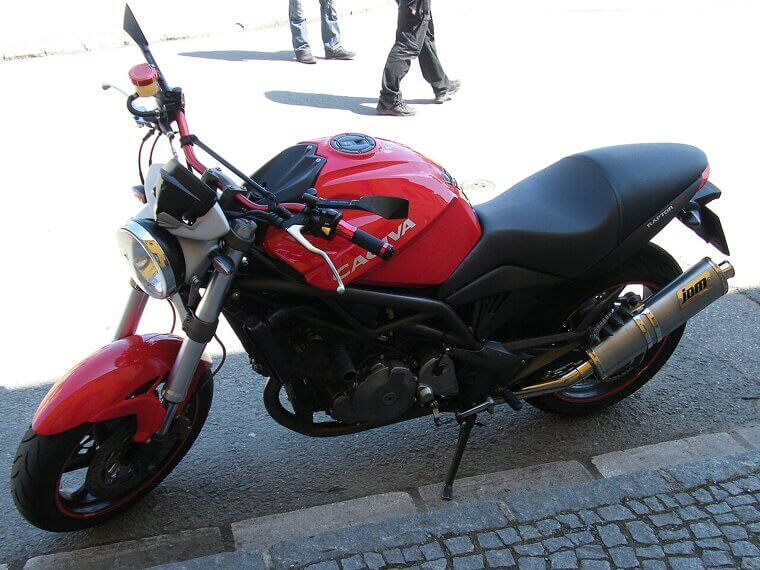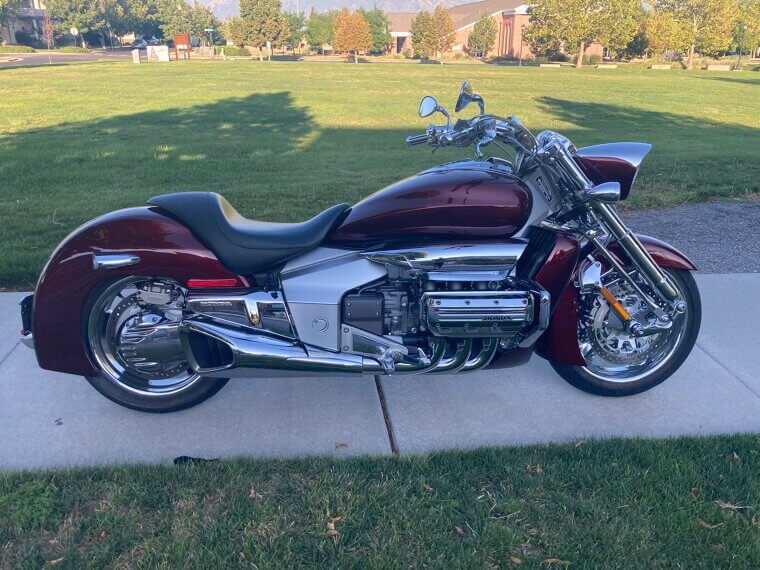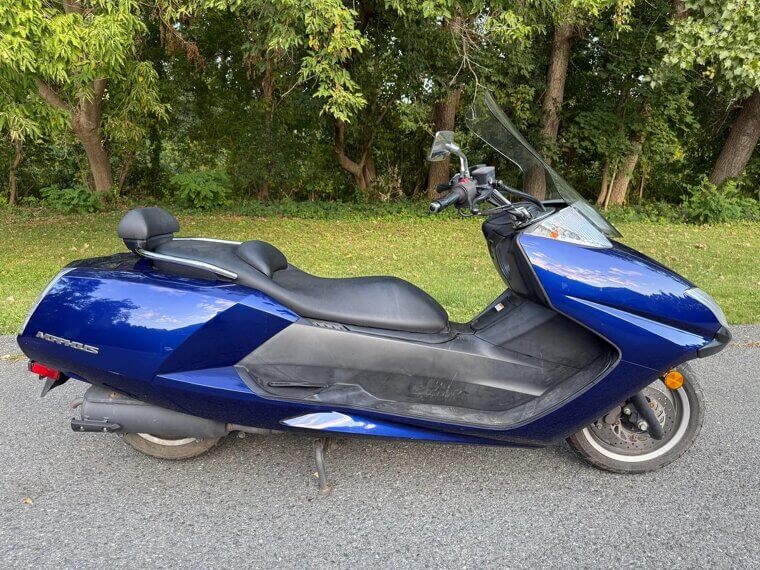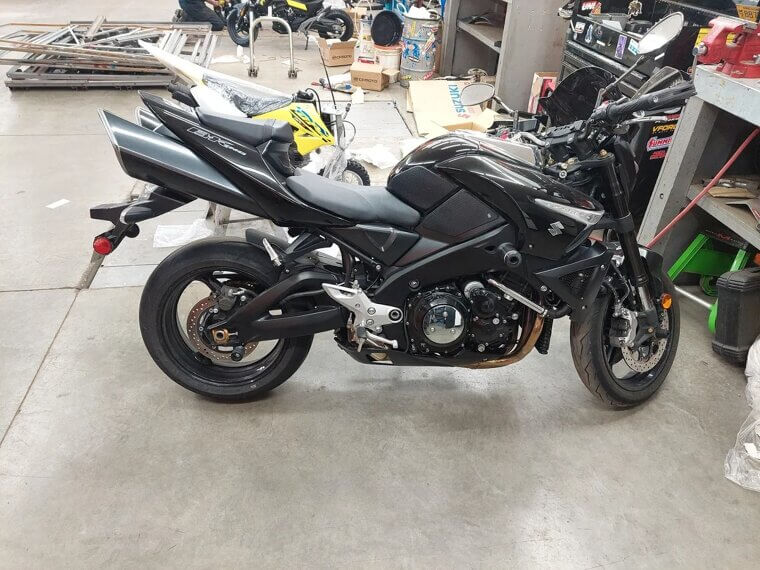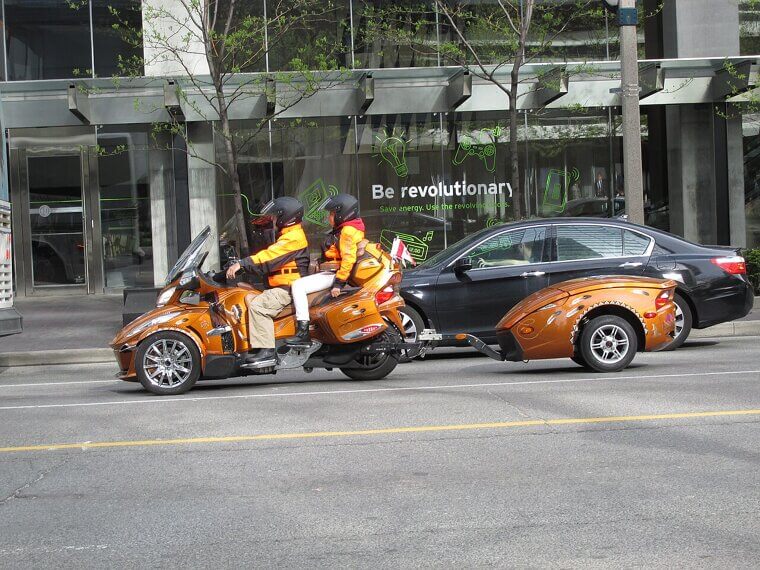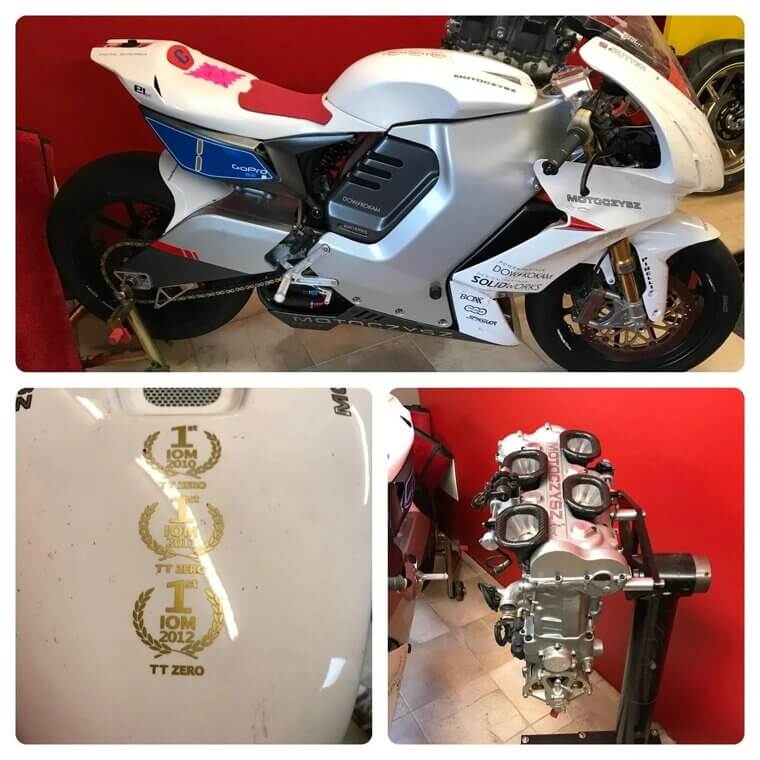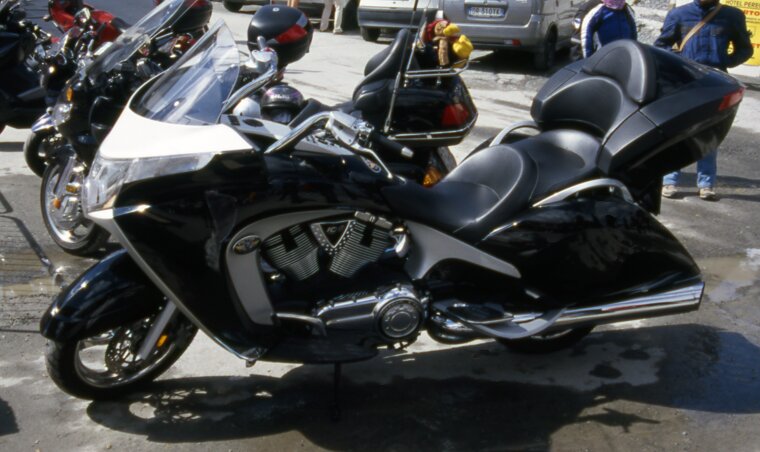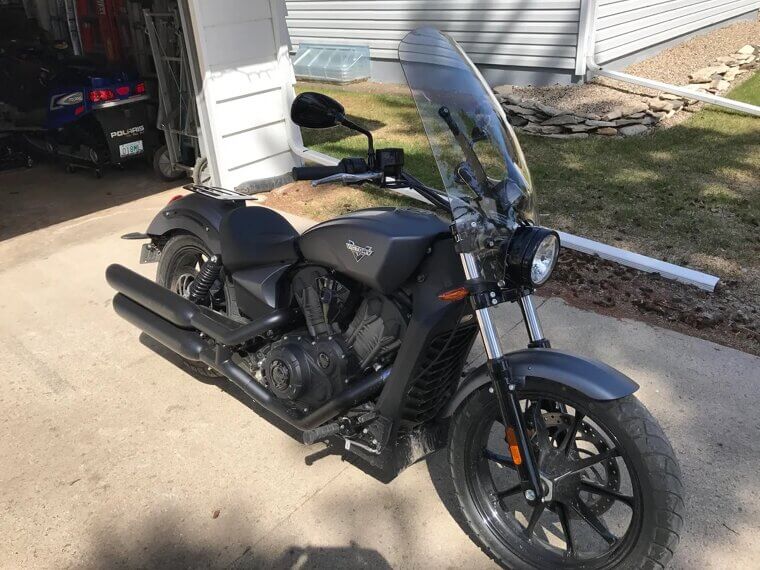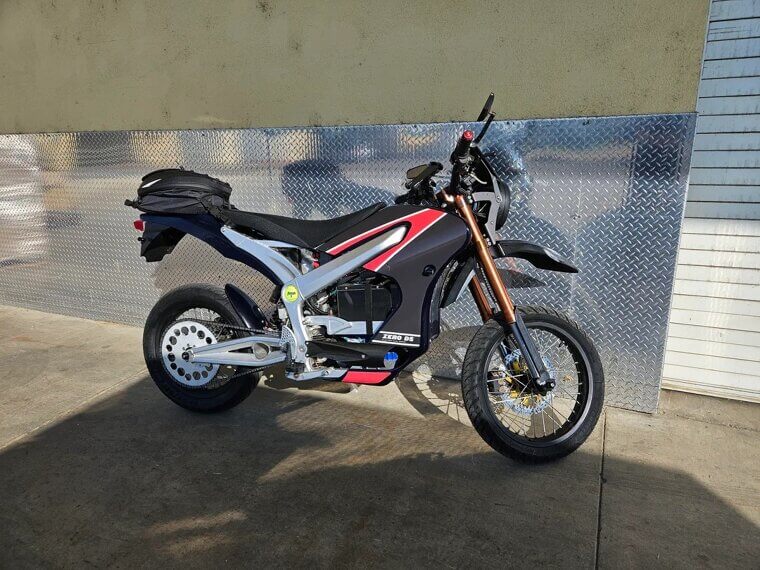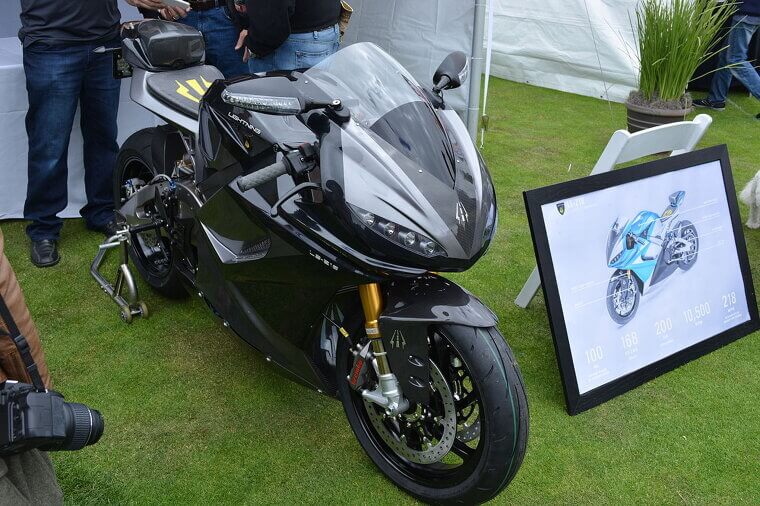1990s Harley-Davidson FXR
It’s ironic that riders love the FXR now, because when it first came out, nobody wanted it. It was too smooth and sporty for die-hard Harley fans, and people wanted chrome and noise. Yes, it’s a cult favorite today, but it was a big sales flop when it was first released.
1960 Harley-Davidson Topper
Harley tried to make a scooter. Yes, a scooter. Needless to say, it didn’t go great. The Topper was slow, messy, and had a drive belt that couldn’t get wet. Riders who wanted a Harley didn’t want a scooter. And people who wanted a scooter didn’t want to deal with it.
1980s Harley-Davidson MT500
The MT500 looked like a military-style bike, but felt clunky and heavy. It was loud, sure, but that wasn’t enough to distract from the fact that it was hard to maintain. Harley’s attempt to make a dirt-ready military bike just didn’t click with anyone.
2014 Harley-Davidson Street 500
The Street 500 was built to draw in younger riders. It was smaller and cheaper than the brand’s other offerings, but it didn’t sell well. Why? Because it felt cheap, underpowered, and didn’t have that classic Harley rumble people expected.
2001 Harley-Davidson V-Rod
The V-Rod looked like a muscle bike from the future. But it was a bit too modern for most riders. It had Porsche engineering, but that wasn’t enough to win hearts. Harley fans and sportbike riders gave it a pass.
2019 Harley-Davidson LiveWire
Harley went electric with the Livewire. Everyone was curious - well, for about five minutes. This bike was fast and fun, but it was insanely expensive. The charging network also wasn’t great, and traditional riders just weren’t into it. People just didn’t want to pay superbike prices for an electric bike.
2000 Harley-Davidson Buell Blast
The Buell Blast was meant for beginners, but ended up feeling too cheap and buzzy for most riders. It rattled like a tin can and didn’t exactly make new riders fall in love with biking. Harley crushed the leftover models on video. You might want to check that out.
1987 Buell RR1000 Battlewin
Buell’s Battlewin was wild for a bike built in the ‘80s. It was sporty, aggressive, and weirdly futuristic. But it was also expensive, rare, and not very reliable. Only hardcore collectors cared about it, and that wasn’t enough to keep it alive.
2008 Buell 1125R
The Buell 1125R had incredible power and a cool design. But, sadly, it felt pretty unfinished. It handled oddly and ran too hot for most riders. When Harley pulled the plug on Buell, the bike went down with it. What a pity.
1999 Buell X1 Lightning
If ever there was a bike with attitude, the Buell X1 was it. This bike was loud, raw, and different. But, and this is a big but, it also broke down and overheated often. Riders liked the look of it, but not the maintenance bills and other flaws that killed the fun.
1949 Indian Arrow
Indian tried to make smaller, lighter bikes after World War II. The Arrow looked pretty decent, but it had poor reliability and performance issues that drove riders crazy. People wanted a steady cruiser, not a small, fussy machine. It was over before it began.
1940s Indian Four
The Indian Four was smooth and classy. It was also heavy and pricey. When Harley started offering cheaper, simpler bikes, the Indian Four just couldn’t keep up. Maintenance was tough, and wartime production really didn’t help either. The bike tanked soon after.
2017 Indian Scout FTR75 Replica
The Indian Scout looked amazing, but no one was willing to pay big money for a track-inspired replica they couldn’t really race. It was more of a showpiece than a street bike. Was it beautiful? Yes. Was it impractical? Also, yes.
2010 Cleveland CycleWerks Misfit
The Misfit tried to offer a retro cafe racer on a budget. But, like most things that are more affordable, the quality just wasn’t there. It looked really cool parked, but it felt cheap on the road. Riders passed on it for something more reliable and with a bit more punch.
1999 Excelsior-Henderson Super X
Excelsior’s Super X had a big job to do in bringing back a pretty historic name in the motorcycle world. Sadly, the bike was overpriced, underpowered, and came from a startup that ran out of money pretty fast. The result? It disappeared almost overnight.
2008 Honda DN-01
Honda’s DN-01 was half scooter, half bike, and all confusion. It just didn’t know what it wanted to be and who it was supposed to be for. It was also slow, expensive, and odd-looking. What started out as Honda trying to innovate ended up with someone no one really wanted.
1985 Suzuki Madura 1200
The Madura 1200 was a muscle bike with power. But it arrived right when the V-Max was released and stole the spotlight. Needless to say, the Madura just couldn’t compete. Yes, it was fast, but it was forgettable, and sales died down quickly.
1993 Yamaha GTS1000
Yamaha’s GTS1000 had high-tech front suspension and advanced features. Simply put, it was way ahead of its time. But it was also heavy, expensive, and not that exciting to ride. Riders wanted thrills and not pricey technology experiments that are way overpriced.
1997 BMW R1200C
BMW is known for its German precision. But not all their bikes are built the same, and the R1200C was nothing like what a BMW should be. It looked odd, handled awkwardly, and cost way too much. Even James Bond couldn’t save it.
1985 Kawasaki Eliminator 900
The Eliminator 900 was Kawasaki’s bike that tried to mix cruiser style with sportbike speed. It worked okay, but riders were a bit confused about what it was supposed to be. Cruiser fans didn’t care about speed, and sport riders didn’t care about the chrome. It got lost.
1997 Moto Guzzi Centauro
The Centauro looked wild and had a roaring engine. Sadly, it was also heavy and handled poorly. It was more awkward than awesome, and not even the die-hard Guzzi fans could get behind the idea of the Centauro. It’s a pity, because it looked great.
1995 Aprilia Moto 6.5
Aprilia’s Moto 6.5 looked like something you’d see in an art gallery instead of a garage. It was designed by French artist Philippe Starck, so you just know it turned heads. Unfortunately, it didn’t turn corners all that well. People also hated its hefty price tag.
2002 Royal Ensfield Himalayan
The first Himalayan promised adventure and power, but delivered frustration instead. It looked the part, but it really struggled with weak power, leaky engines, and cheap parts. Riders loved the newer models, but the early models scared a lot of people off the brand for good.
2000s Hyosung GV650
Hyosung wanted to make a cruiser that could compete with Harley but at a lower price. The problem? It felt cheap, vibrated too much, and parts were nearly impossible to find. It looked decent from a distance, but once people rode it, the magic disappeared.
2000 Cagiva Raptor
Cagiva’s Raport 1000 had Italian style and Suzuki power. Sounds great, right? Well, it was pretty wild - when it worked, that is. Cagiva ran into money problems shortly after the release, and parts were hard to get. The reliability really ruined the fun.
2004 Honda Rune
The Rune looked like a motorcycle from the future with its massive engine, shiny chrome, and a price tag that made people blink. It was huge, very heavy, and tricky to ride, which is why most riders admired it from afar but rarely took one home.
2006 Yamaha Morphous
The Morphous looked like something straight out of a sci-fi movie - long, low, and sleek. But that design didn’t help much on the road. It was slow, expensive, and too strange-looking for most people. Scooter fans thought it was too big, and bikers thought it was too boring.
2008 Suzuki B-King
The B-King was Suzuki’s version of a Hayabusa without the fairings. It was all power and no polish. But it was also insanely fast and heavy. Everyone talked about it, but no one wanted a bike that was just too much for even the hardcore riders.
2007 Can-Am Spyder
The Spyder tried to mix the feel of a motorcycle with the safety of a car. It ended up being neither. It was expensive, handled weirdly, and didn’t let you lean into turns, which is half the fun of riding. Some older riders liked it, but most bikers just couldn’t get into it.
1960s Rokon Trail-Blaser
The Rokon Trail-Blaser could do it all - like climb mountains, cross rivers, and crawl through mud. It could go anywhere, sure, but not fast. It looked like something built for a farm, not a freeway. Great for hunters and outdoor work, but not for someone who wants fun or speed.
MotoCzysZ C1
The MotoCzysz C1 was supposed to be America’s answer to the world’s best superbikes. It looked amazing and had incredible engineering. But building dreams costs money, and the company ran out before it could sell any. Only a few were made, and it became a “what could’ve been” story.
2008 Victory Vision
The Vision looked like a spaceship on two wheels. It was smooth, comfy, and packed with tech. Some riders loved its futuristic look, but most thought it was just plain weird. It rode great, but didn’t fit the traditional cruiser style people wanted.
2017 Victory Octane
The Octane was everything a bike should be - fast, light, and sharp-looking. Unfortunately, it came out right before the brand shut down, and riders didn’t want to buy a bike from a company that was closing up shop. It never got a real chance to shine.
2010s Zero S
The Zero S was one of the first electric motorcycles. It was quiet, smooth, and eco-friendly, but the range was short, charging took forever, and the price was painful. Riders liked the idea more than the ride. It helped start the electric trend, but few people actually bought one.
2014 Lightning LS-218
The Lightning LS-218 is the fastest electric motorcycle ever built. We’re talking seriously fast. But that’s also its problem. It costs a fortune, has a limited range, and most riders don’t need a rocket on two wheels. It broke records but didn’t break into the market. Impressive? Absolutely. Practical? Also no.

